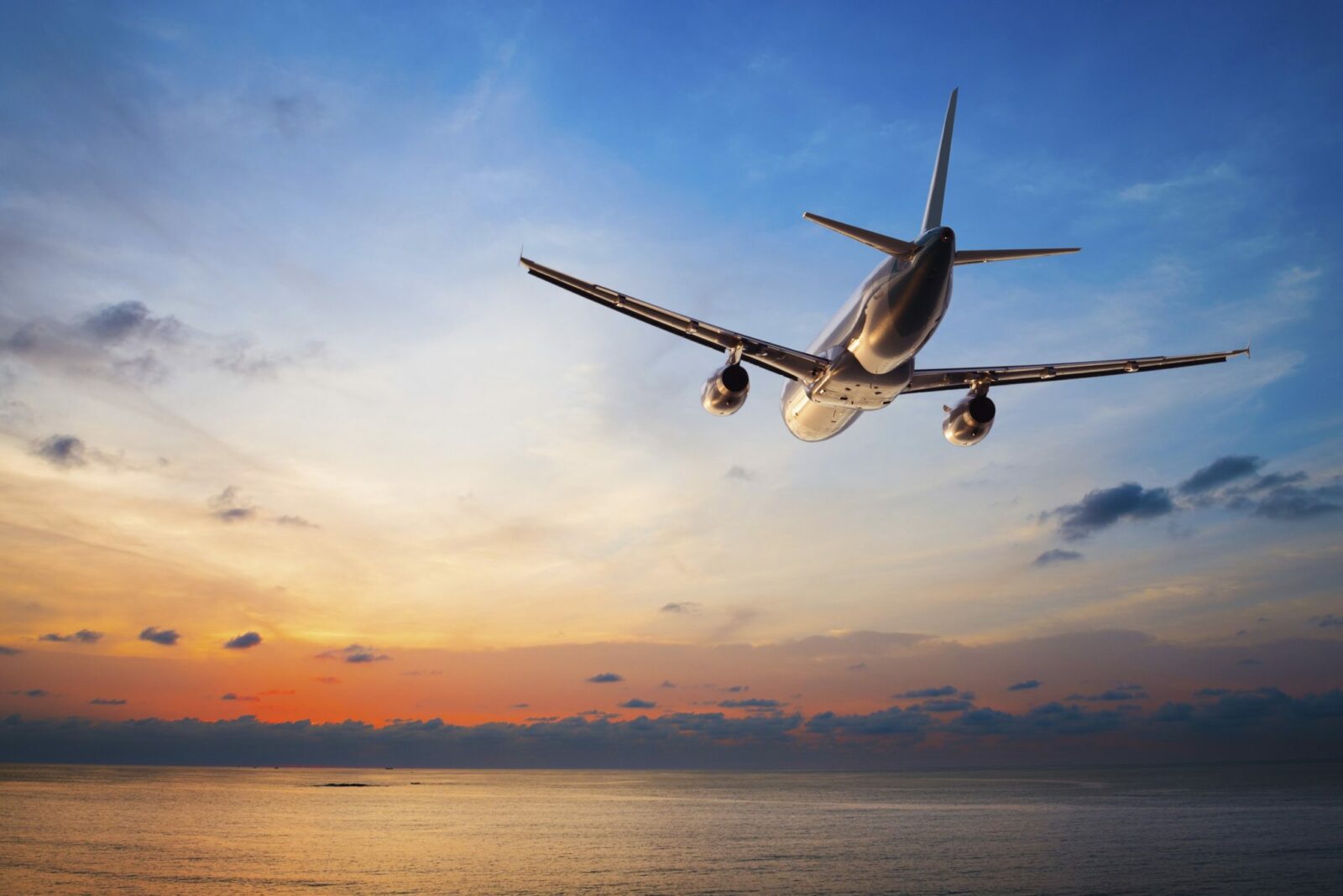Personal Use of Corporate Airplanes

(And the sky-high taxes that can result)
Corporate-owned aircraft generally are used to transport owners and employees for business purposes, and most business costs are deductible. However, if the airplane is used for personal (non-business) reasons in whole or in part, a portion of the costs may become nondeductible, and there may be tax consequences for the employee as well.
In general, if any owner or employee is provided a flight on an airplane for a business purpose but brings family members or guests, the employee’s use of the plane is considered partially personal. While the costs associated with the business component of the trip are deductible to the company, personal use of an airplane is considered a fringe benefit and the fair market value of the flight must be reported as income on the owner’s or employee’s W-2. Corporate costs related to personal use are deductible by the company only once characterized as wages in this manner. A complex set of rules governs how to allocate the personal vs. business components of the trip and how to value the personal use portion of the costs for this inclusion.
Under Treasury Regulations 1.61-21(g), taxpayers are permitted to use the Standard Industry Fare Level method (“SIFL”) to determine the fair market value of the flight. Under the SIFL method, each leg of the flight is valued based on a formula that uses the following factors:
- Mileage of the flight,
- weight of the aircraft,
- business or personal status of each person on the flight, and
- determination of whether an employee is a “control” or “non-control” employee.
Determining an employee’s status as that of a control or non-control employee is key because the SIFL rate (and therefore the amount reportable as income to the employee) is higher for control employees than for non-control employees. The IRS defines a control employee as any employee who is a shareholder, an appointed or elected officer, among the top 1% of highly compensated employees, a 5% or more owner, or a director.
Once all these factors have been determined, under Treasury Regulation 1.61-21(g), the value of a person’s flight is obtained by multiplying the appropriate SIFL rate (which is provided every six months by the Department of Transportation) by the length of the flight in miles, by the aircraft “multiple” (which is based on the weight of the aircraft and the person’s status as a control or non-control employee). To this result, a terminal charge is added (also provided every six months by the Department of Transportation) to produce the value of that person’s flight.
The regulations go into much more detail explaining how to account for the fact that many trips include business stops intermingled with personal stops. Different computations are required depending on whether the trip is deemed to be primarily business or primarily personal. The regulations also explain what constitutes a “flight” for purposes of the computations above. Often the value of one trip is made up of an accumulation of values for multiple flights, and each flight’s value is computed separately.
It should be clear to the reader by now that when owning an aircraft, it is essential to keep detailed records of flights, including destinations, mileage, number of passengers and purpose of each flight for each passenger. Each individual situation is different, interpretations are subjective, and the related rules are much more complex than the summary above may imply. This article is intended only to provide a brief overview and make readers aware of the rules. If you have any questions regarding how these rules may apply to you, please contact your BNN tax advisor or Kristin Redstone at 1-800-244-7444.
Disclaimer of Liability: This publication is intended to provide general information to our clients and friends. It does not constitute accounting, tax, investment, or legal advice; nor is it intended to convey a thorough treatment of the subject matter.
